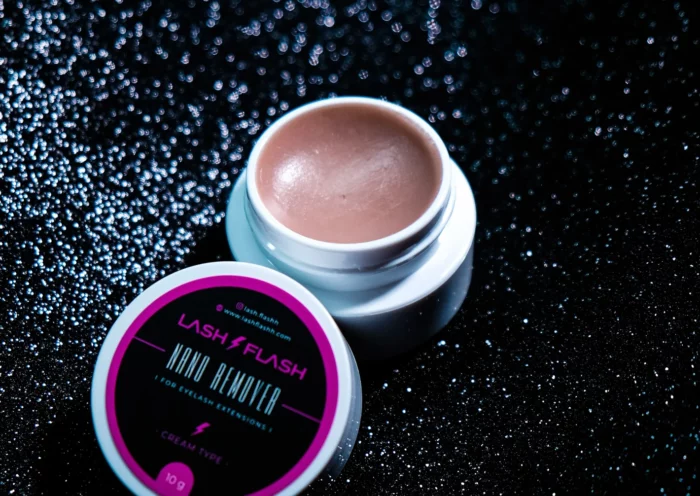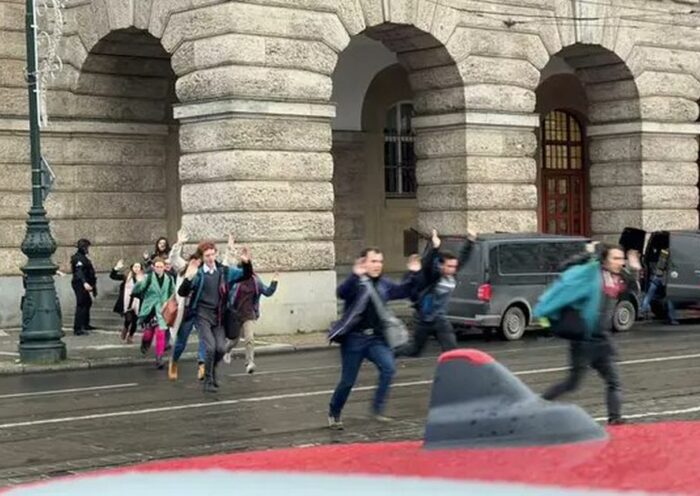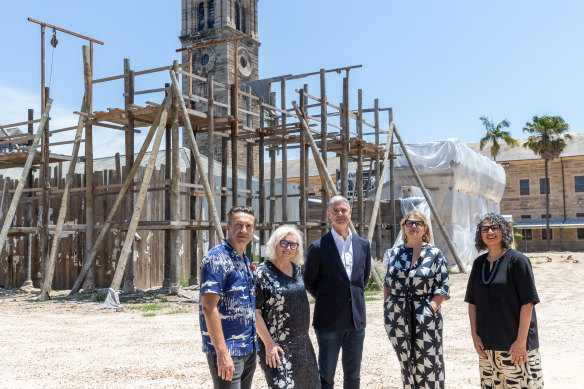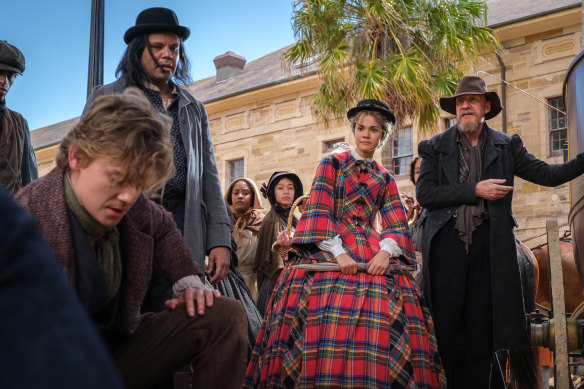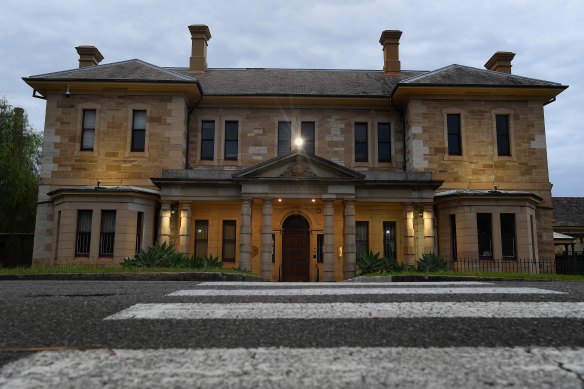Speed up lash application with Lash Flash tools In the competitive world of lash extensions, efficiency is key to success. Lash artists strive to deliver…
Callan Park to be permanent film hub in arts and culture overhaul
Save articles for later
Add articles to your saved list and come back to them any time.
Key points
- Minns Government launches its new policy for arts, culture, and the creative industries entitled Creative Communities on Tuesday.
- Development of Labor’s ten-year strategy was an election promise and follows six months of consultation including 12 Town Hall meetings and 775 submissions.
- Culture is characterised as a public good, essential to community well-being and should become a “whole-of-government responsibility”.
- Arts funding and regulations are to be “reformed” for greater transparency and less paperwork.
- An audit is to be carried out of government and council venues to find new homes for these creative communities.
Inner-city Callan Park is to become a permanent base for film production with mandated “health checks” of NSW’s cultural sector reported to parliament every three years under a raft of measures to be rolled out by the Minns government next year.
Labor’s long-awaited 10-year strategy for the state’s arts and culture and creative industries, Creative Communities, is to be unveiled on Tuesday.
A cornerstone priority is to “unlock” underutilised spaces held by the NSW government with Callan Park, the White Bay Power Station and the old Registrar-General’s Building on Macquarie Street identified as places that could address the state’s cultural “venue deficit”.
On location of the set of Disney+ Australian original production, The Artful Dodger: Bunya Productions’ Gregor Cameron and Greer Simpkin, NSW Minister for the Arts, John Graham, Curio Productions’ Jo Porter and head of Screen NSW, Kyas Hepworth. Credit: Edwina Pickles
Heritage buildings in Rozelle’s Callan Park stood in for the fictional 1850s colonial town of Port Victory in Disney’s The Artful Dodger. The 61-hectare parkland is a production home for Rebel Wilson’s musical comedy The Deb and Curio Pictures is filming The Narrow Road to the Deep North.
Beyond these film projects, more would be done to secure a “steady pipeline of production” at Callan Park, Arts Minister John Graham told The Sydney Morning Herald.
This included quicker filming permission and guarantees of access to suitable former mental health facilities. Commercial film fees would be reinvested to upgrade the parkland.
Callan Park’s larger role in film production would “definitely be a positive to supporting and maintaining the site”, Graham said. “We are confident it won’t impede people enjoying the open space, which is really precious space in the city.”
Labor’s new arts and culture policy is the result of six months of consultations, including 12 town hall meetings and 775 written submissions.
In a first for the state, the policy embodies an expanded definition of arts and culture to include new technologies in screen and gaming, as well as broadcasting, architecture and design.
Unlike the federal government’s National Cultural Policy, which comes with almost $300 million in funding commitments, the NSW policy has few funding specifics beyond a promise of $500,000 over five years to support 15 early career music artists in Western Sydney.
On the Callan Park set of the Disney+ Australian original The Artful Dodger, set in 1850s Australia in the lively colony of Port Victory.Credit: John Platt/Disney +
Nor does it address the looming funding squeeze affecting the Museum of Contemporary Art and the Art Gallery of NSW, both of which have flagged budget cutbacks amid escalating costs.
Graham said the policy framework would drive budget decisions with additional money to come from Destination NSW’s changed priorities and an alignment of federal and state cultural priorities.
The decade-long strategy, instead, concentrates on developing a pathway to transform a sector that accounts for a fifth of the state’s service exports and 10 per cent of the state’s workforce.
NSW is home to about half of the companies involved in the creative industries – including publishers, producers and designers – as well as the oldest film festival and biennale.
Recent analysis by the City of Sydney council revealed an exodus of “core creatives” from Sydney since 2011, while other cities – especially Melbourne – have boomed.
For too long, the success of cultural activities has been measured by tickets sold and tourist numbers, Graham said. Within weeks, a formal ministerial directive will be made to the board of Destination NSW to invest in cultural events.
The Kirkbride building in Callan Park. Credit: Kate Geraghty
Sustainable careers are also a focus. “The biggest stars may feature on rich lists, but life for most artists is a struggle,” the summary document states.
Arts funding and regulations are to be “reformed” to provide greater transparency and less paperwork. A “cultural front door portal”, modelled on Liquor and Gaming’s one-stop shop Hospitality Concierge, will be established to help creatives navigate government services.
To ensure momentum is maintained, the NSW government will legislate the delivery of a creative statement to parliament every three years, detailing the status and health of the sector. The first will be in 2026, a year before the next election.
Labor has pledged a parliamentary inquiry to investigate barriers to arts and music education and says new hubs for creatives and artists will open in western Sydney and regional NSW as soon as they become available, along with improved stages for outdoor festivals and concerts.
The policy commits to delivering a business case for the Roxy Theatre in Parramatta for arts and cultural uses, and the state’s film agency, Screen NSW, is to be given greater independence to distribute seed funding.
A three-year screen strategy, now under way, will develop a business case for a second major film studio in the state, outside Callan Park.
“The problem is we’ve got half the screen sector in NSW, but we’re trying to deal with one-third of the stages,” Graham said.
One of the tasks of government, he said, was to find a home for each of the state’s creative communities. “So for readers and writers, to me, that’s the State Library,” Graham said. “I think we should ask the same question of the screen sector and others. Where is it that they gather, where do they naturally find a home? Where is it that screen producers can mix with up-and-coming actors?”
Graham said the government would be an advocate, enabler and investor in arts, culture and the creative industries, but its vision could not be realised overnight. Partnerships with local government, private investors and not-for-profits would be crucial, he said.
Find out the next TV, streaming series and movies to add to your must-sees. Get The Watchlist delivered every Thursday.
Most Viewed in Culture
From our partners
Source: Read Full Article
